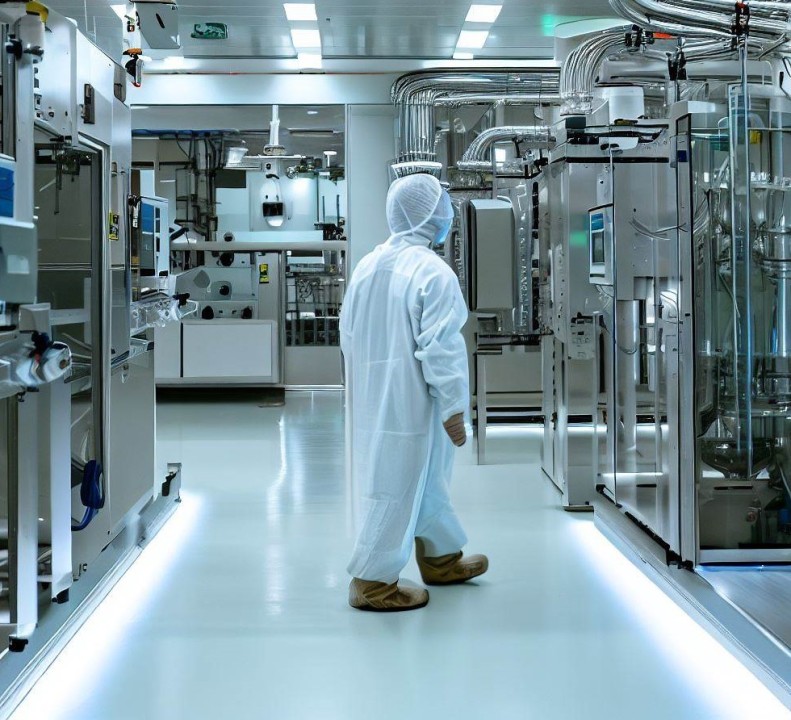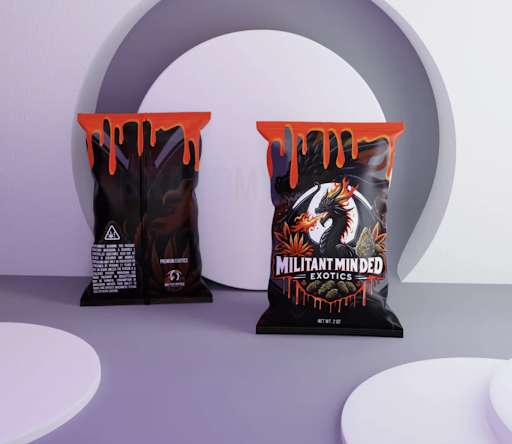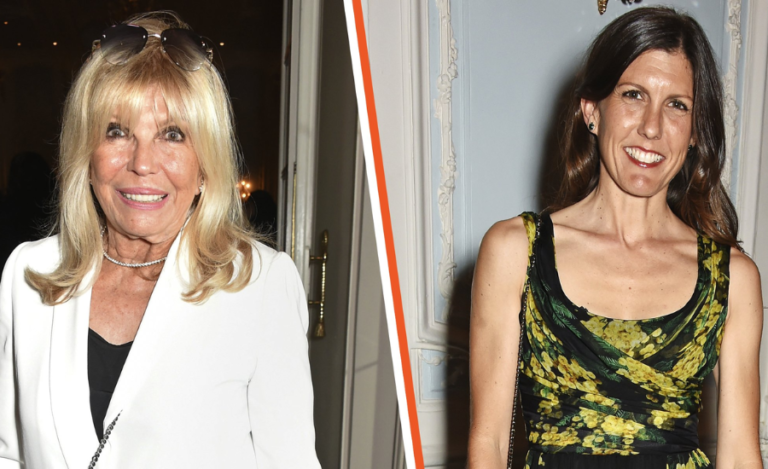Innovative Techniques in Contamination Control: Improving Cleanliness Standards
In the ever-evolving landscape of contamination control, industries are continuously seeking innovative techniques to enhance cleanliness standards. This pursuit involves adopting advanced technologies and methodologies that ensure environments remain free from contaminants, thereby safeguarding product integrity, employee health, and environmental sustainability.
Here, we delve into some groundbreaking methods that are reshaping cleanliness standards across sectors.
Advanced Filtration Technologies
One of the most significant strides in contamination control is the development of sophisticated filtration technologies. These systems are designed to capture and remove even the tiniest particles from the air and surfaces, far beyond what traditional methods could achieve. High-efficiency particulate air (HEPA) filters and ultra-low penetration air (ULPA) filters are now standard in many cleanrooms, capable of capturing particles as small as 0.1 microns. Recent innovations have seen the introduction of nano-fiber filters, which offer even greater filtration efficiency by utilizing fibers at the nanometer scale to trap contaminants that were previously impossible to capture.
Automation in Cleanliness Control
Automation has become a crucial component in enhancing contamination control processes. Automated systems reduce human interaction, which is a significant source of contamination. Robotics and automated cleaning systems ensure consistent, thorough cleaning of facilities, eliminating the variability introduced by manual cleaning methods. These systems can be programmed for regular intervals or activated based on real-time monitoring data, ensuring that cleanliness is maintained without lapse.
Real-Time Monitoring Systems
Real-time monitoring has transformed how industries approach contamination control. Sensors and IoT (Internet of Things) devices are now deployed to provide continuous data regarding environmental conditions such as air quality, humidity, and temperature. This data is critical in maintaining cleanroom environments and ensuring compliance with ISO cleanroom standards. Real-time feedback allows for immediate corrective actions, minimizing the risk of contamination events and maintaining optimal operating conditions.
Sustainable Practices in Contamination Control
Sustainability has increasingly become a focal point in the development of contamination control technologies. Traditional methods often rely on harsh chemicals and significant energy consumption. However, innovative techniques are now being employed to reduce the environmental impact. For instance, the use of biodegradable cleaning agents and energy-efficient air filtration systems is gaining traction. Furthermore, the integration of renewable energy sources to power contamination control systems not only reduces carbon footprints but also aligns with broader corporate sustainability goals.
The Importance of Innovative Contamination Control
The implementation of these innovative techniques is critical across various industries, from pharmaceuticals and biotechnology to electronics and food production. In the pharmaceutical sector, maintaining a contaminant-free environment is of utmost importance to ensure the efficacy and safety of products. In electronics, even the smallest particle can cause defects in microchips, highlighting the necessity of stringent contamination control. The food industry also benefits from these advancements, as they help prevent foodborne illnesses and extend shelf life.
Overall, the continuous evolution of contamination control techniques is not just about compliance with standards, but about pushing the boundaries to achieve higher levels of cleanliness that protect both people and products. As these techniques become more advanced and accessible, industries can achieve greater operational efficiency, product quality, and consumer trust.
Keep an eye for more news & updates on Hip Hop!






